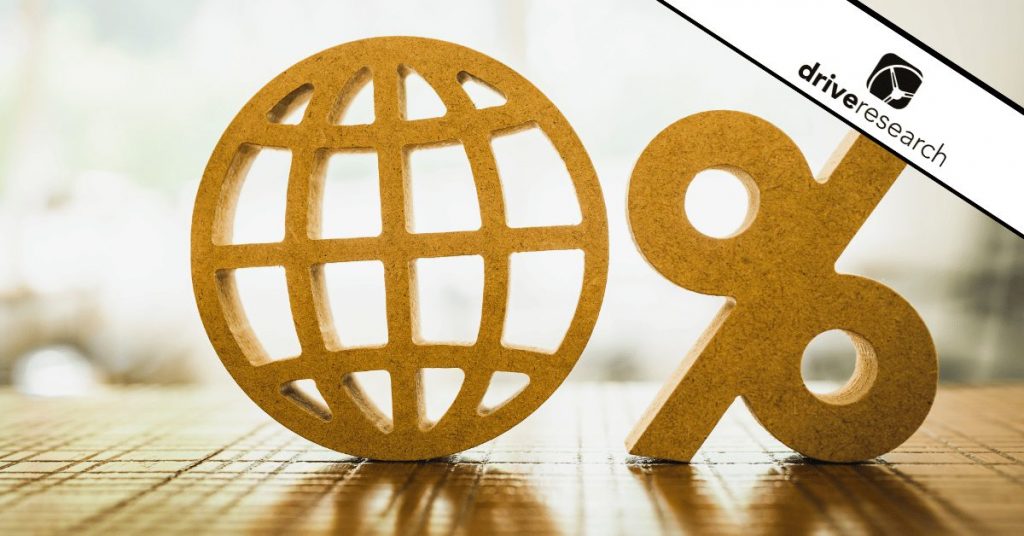
Incidence rate (IR) is a critical factor in market research that determines how many respondents from a given sample pool qualify for a study.
A high IR means an easier and more cost-effective recruitment process, while a low IR can make research more challenging and expensive.
This blog breaks down what incidence rate is, how it’s calculated, and why it matters—especially when budgeting for a study. We’ll also share tips on how to improve your IR to enhance feasibility and control costs.
What is Incidence Rate (IR) in Market Research?
Incidence rate (IR) in market research is defined as the number of respondents from a sample pool that will qualify for your study. It is often synonymous with the qualification rate.
- High incidence rate means a greater number of people qualify for the study, making it more feasible and cost-effective to complete.
- Low incidence rate means fewer people qualify for the study, making it more difficult and expensive to complete.
For example, if you have 100 random people who are willing to participate in your survey, and only 3 actually qualify based on your screening criteria, your incidence rate would be 3%.
Whereas in a general population survey, everyone in your sample pool qualifies which generates an IR of 100%.
What is an Example of Incidence Rate?
The qualifying criteria for an online survey or focus group helps to determine the study’s incidence rate.
For example, if a brand is looking to target only females, your IR will immediately drop from 100% to 50%. Additionally, if the same brand wants to survey females with children under the age of 18, their incidence rate will drop even further to less than 20%.
Also, keep in mind IR does not apply to customer or client surveys.
That’s because, when you send a customer satisfaction survey to all of your customers, they inherently all qualify for your study already.
However, if you want to screen and qualify only those who have ordered from your restaurant in the past 3 months, it would drop your IR below 100%.
How Do You Calculate Incidence Rate?
The calculation formula to determine a market research study’s incidence rate looks like this:
Incidence = # of people who qualify / (# of people who qualify + # of people who do not qualify)
Keeping with the example from above, if a brand only wants to survey females the IR calculation would be:
IR = 50 females / (50 males + 50 females)
How Does IR Impact Market Research Costs?
Market research companies, such as Drive Research, use incidence rates to estimate how difficult the audience will be to reach and how many respondents will qualify for the study.
Surveys with low incidence rates result in additional work to gather completed surveys, additional costs per completed survey, and a higher overall project expense.
This is driven by the difficulty in collecting a large number of completes from a laser-targeted audience.
In fact, outside of the length of the survey, nothing impacts market research costs more than the incidence rate.
In many cases, if your study expects to produce an IR of less than 5%, many panel companies view the study as too risky and will decline to bid.
A low IR can be very telling. If you are targeting an audience with an IR below 5% it could make your market research not feasible.
In this case, our online survey company recommends loosening your criteria to broaden your audience, increase feasibility, and lower costs.
Additionally, expect to pay more for a survey conducted with a highly specific audience such as B2B decision-makers.
The B2B pools for most online panel companies are generally smaller than B2C. Targeting specific titles or roles can cause your incidence rate to drop significantly.
How to Increase the Incidence Rate in Surveys
Here are several ways to increase IR in market research:
- Better targeting. If you only want to survey those under the age of 30 and you have DOB in your database file, send your invites to those born after a certain year. Not only is this a better experience for your customers to avoid disqualifications, but it increases your incidence rate for the survey.
- Loosen screening criteria. Try not to be as strict with your criteria. If you want to survey those who shop at your store at least once a week, can this be stretched to once every 2 weeks? Once a month? This will increase the number of people who qualify.
- Be flexible with quotas. If you are setting up quotas to ensure representation from several audiences, consider loosening those to allow for oversampling.
Contact Our Market Research Company
Drive Research is a full-service market research company specializing in online surveys, qualitative recruiting, focus groups, and more. We offer end-to-end project management services to find hard-to-reach market research participants.
Interested in getting a proposal or quote from our market research company? Contact us one of four ways below and share your target audience.
We’ll create a customized scope of work for your project with step-by-step details.



